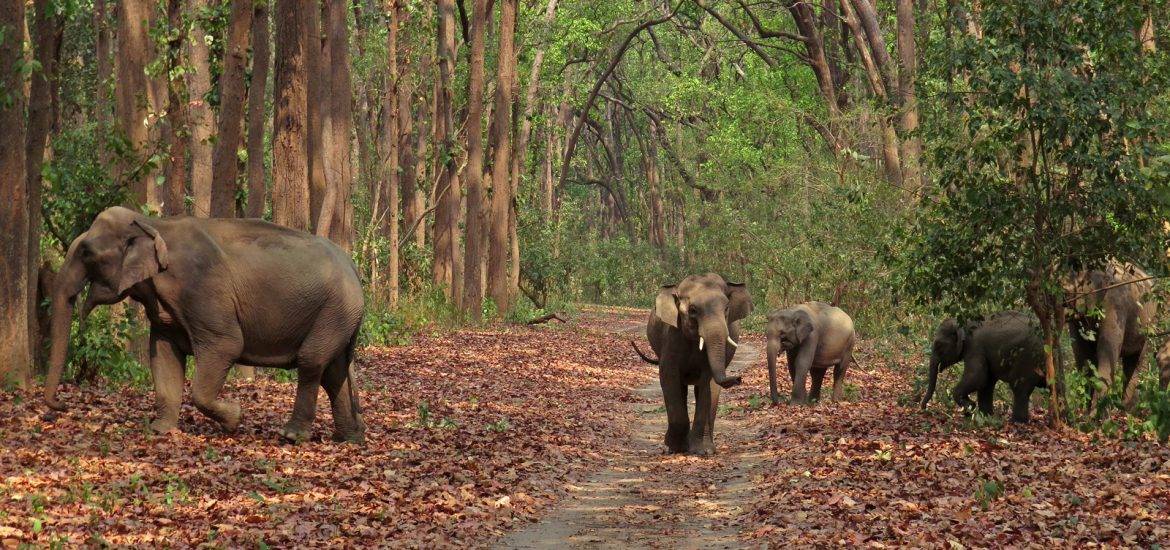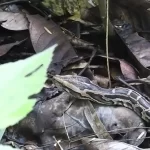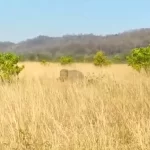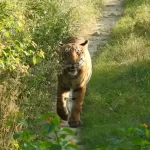Jim Corbett National park, the launch pad for India’s tiger protection programme, Project Tiger, is home to over 225 magnificent Royal Bengal Tigers, according to the latest census. Corbett Tiger Reserve, including the Sonanadi sanctuary, is spread over an area of 1300 square kilometers, home to several hundred distinctive classes of flora and fauna.
Located among the enchanting beauty of the Kumaon Himalayas and the ancient Shivaliks, Corbett attracts several thousand wildlife enthusiasts every year from around the world. Even as wildlife enthusiasts make Corbett a favorite destination, the forest’s animals still face the horrid consequences of poaching, which endangers the beauty and balance of the Corbett ecosystem. Animals are hunted for their skins and body parts and are sold over the black market for a huge sum of money.
The forest authorities and government have taken several initiatives by launching conservation programs over a period of time. These programs are cumulative efforts of several nonprofit and government organizations working toward animal and ecosystem preservation.
Besides the government doing its bit, it also is the responsibility of the locals as well as environment conscious Corbett resorts to instruct its guests of the various ‘do’s and ‘don’ts’ to maintain the sanctity of the jungle. An effort from each Corbett resort will contribute to the overall cause of protecting the environment of the sanctuary forest.
To maintain the ecological balance and exquisiteness of the park these are the following conservation projects as a part of government’s initiatives:
- Project Tiger
- Crocodile Conservation Project
- Project Elephant
PROJECT TIGER
Launched in the year 1973, Project Tiger aims to protect The Royal Bengal Tiger whose population fell significantly to an all-time low of 1800. A pet project of the then prime minister Indira Gandhi, it aims to protect and preserve areas of biological importance. The project’s task force visualized these tiger reserves as breeding nuclei, from which surplus animals would migrate to adjacent forests.
Objectives of Project Tiger:
- To make certain that the viable count of tigers is maintained in the country for economic, scientific, ecological and cultural reasons.
- To safeguard such regions of biological significance as a nationwide inheritance for education, amusement and benefit of the masses.
Today, the species of the wild cat can be spotted on a safari tour that one can book online or through the various jungle resorts in Corbett. A good tiger camp resort will educate the tourists about the heritage through well informed naturalists and guides who accompany the tourists on the tours.
CROCODILE CONSERVATION PROJECT
The crocodile conservation project has proved to be a boon for threatened crocodilian species from the brink of extinction. Counted among one of the most successful conservation initiatives around the world, the project was started in the year 1976. The project has proved helpful in recovering the status of these reptiles in the national park. The main aim of this project is to protect India’s three endangered crocodilian species, namely the freshwater crocodile, the saltwater crocodile and the long-snouted gharial.
Main Objectives Involved in Crocodile Conservation Project
- To ensure the survival of breeding species in their natural habitat
- Collecting eggs from a natural habitat and subsequently hatching and rearing of crocodiles/gharials in captivity to reduce mortality due to natural predators and then eventually release them into the wild
PROJECT ELEPHANT
Launched in the year 1992 as a financial and technical support to major elephant bearing states in the country for protection of elephants, The Project Elephant is a centrally sponsored scheme. The same scheme was launched in Corbett to protect a viable population of elephants in their natural habitat.
Objectives of Project Elephant
- Ecological reinstatement of existing natural habitats and elephant relocation routes.
- Veterinary care
- Progress of scientific and designed management for protection of elephant habitats and count of wild Asiatic elephants in India.
- Eco-development
- Intensification of steps for safety of Wild elephants from poachers and unnatural reasons of death.
- Study on the issues related to Project Elephant management.
- Programs for education and awareness.
- Encourage measures for the alleviation of man-elephant clash in vital habitats and restrain pressures of human and domestic stock actions in essential elephant haunts.
It is imperative that we conserve our wildlife species so that an ecological equilibrium is maintained. It is necessary that the public participates equally and takes these initiatives as their own responsibility. Each Jim Corbett national park resort must promote individual efforts as an initiate towards conserving our beautiful planet.





